If you have high blood pressure (or would like to avoid it) you probably already know you should be limiting your intake of foods high in the mineral sodium. But did you also know you should be increasing your intake of foods containing other minerals? Potassium, magnesium, and calcium play important roles in blood pressure control. Increasing intake of foods rich in these minerals while decreasing intake of foods high in sodium may help keep your blood pressure under control.
Sodium: High sodium intake increases water retention throughout the body. Excess water in the circulatory system increases blood volume and therefore pressure on the arterial walls (blood pressure). Observational studies consistently demonstrate that dietary patterns higher sodium are associated with higher blood pressure and stroke risk. More importantly, many randomized controlled trials have shown that reducing salt intake decreases blood pressure. Most people consume too much sodium, typically as salt.
Getting Less: Salt is extremely common in processed foods and restaurant fare. Only about five percent of sodium in the U.S. diet is added at the table. To cut sodium intake, cook meals from scratch more often and add only half the salt called for in recipes. Use herbs and spices rather than salt for flavor (avoiding seasoning mixes that have salt as the first ingredient). Purchase products labeled low-sodium or no-salt-added when available and curb the salty snacks in favor of fruit and unsalted nuts. Common favorites like pizza, sandwiches, bread, and tacos contribute a lot of salt to our diets. Try loading them with vegetables instead of some (or all) of the meat or having only one slice of pizza, a single taco, or half a sandwich with a side salad or vegetable. Canned soups are also high in sodium, so look for lower-sodium varieties, or find recipes to make at home.
Potassium: The presence of potassium signals the kidneys to move sodium from the blood into urine—and out of the body. Increased potassium intake therefore helps lower blood pressure by decreasing levels of sodium in the body. Experts recommend increasing potassium intake while decreasing intake of salt.
Getting More: Nearly all fruits and vegetables contain potassium. This mineral is also found in nuts, seeds, and dairy products. To increase potassium intake (while cutting sodium) try yogurt with fruit, or plain nuts with dried fruit, in place of salty snacks, and consider fruits and veggies instead of sodium-laden fries or breakfast meats. [Note: People with kidney disease or taking certain drugs (including some blood pressure medications and diuretics) should speak with a physician before increasing potassium intake.]
Magnesium: Several large observational studies indicate that dietary patterns higher in magnesium are associated with lower blood pressure. Foods containing magnesium also tend to be high in potassium and other constituents that may help keep blood pressure in check. The majority of U.S. adults consume less than the recommended amount of magnesium.
Getting More: Magnesium is found in nuts (like Brazil nuts, cashews, and almonds), whole grains (like brown rice and bran cereals), vegetables (especially leafy greens like spinach and Swiss chard), and legumes (Lima beans, peanuts, and chickpeas are high on the list). Sprinkle nuts and beans on leafy green salads instead of that sandwich at lunch; experiment with the wide world of whole grains in place of flavored rice or grain mixes; stir beans, greens, and grains (and your favorite herbs and spices) into low-sodium broth for quick and tasty soups.
Calcium: Calcium’s potential impact on blood vessel constriction and dilation could impact blood pressure. Dietary patterns higher in foods rich in calcium have been associated with lower blood pressure in several large observational studies.
Getting More: Try for at least three servings a day of calcium-rich foods like milk (or the fortified milk substitutes), fortified orange juice, yogurt, cheese (reduced sodium), almonds, and cooked leafy greens. Calcium is also found in canned sardines, canned salmon with bones, and fortified cereals.
Putting it All Together: Roughly one in three U.S. adults has high blood pressure. Over time, high blood pressure can lead to heart attacks, strokes and other serious health problems, including vision loss, kidney failure, and sexual dysfunction.
Making adjustments to your dietary intake can go a long way in helping you control your blood pressure and protect your health. Regular physical activity is also important, and some people will require prescription medication to help with blood pressure control. Remember, no special food or nutrient is going to provide the secret to good health. An overall healthy dietary pattern is the best way to ensure you get all the nutrients you need to support good blood pressure, and your overall health.
Try these tips to eat your way to lower blood pressure:
Pass on the salt: Cut back on packaged and restaurant foods, which are often high in sodium.
Boost Potassium: Choose fruits, vegetables, and unsalted nuts in place of salty snacks.
Maximize Magnesium: Eat whole grains and/or beans in place of (high sodium) boxed rice mixes or pre-salted foods such as fried potatoes and chips, and replace half of that sandwich with a leafy green salad.
Increase Calcium: Fit in dairy products and/or calcium-fortified milk substitutes or other calcium rich foods such as unsalted almonds and sautéed greens three times a day.
Learn more about the DASH eating plan: Several strong studies show eating in line with the Dietary Approaches to Stop Hypertension (DASH) plan is associated with lower blood pressure. (See “DASH to Lower Blood Pressure”
below.)

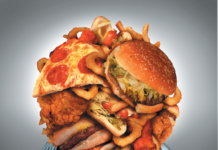



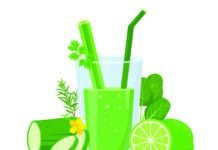

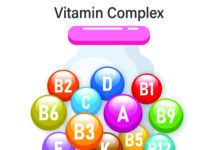
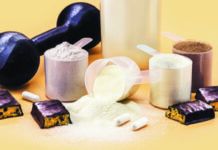




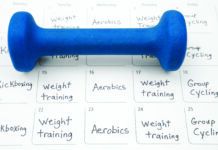






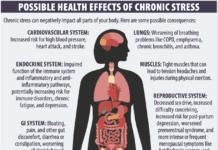
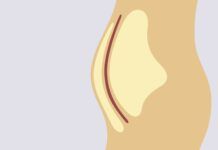
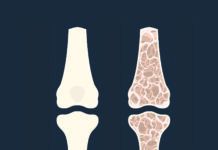

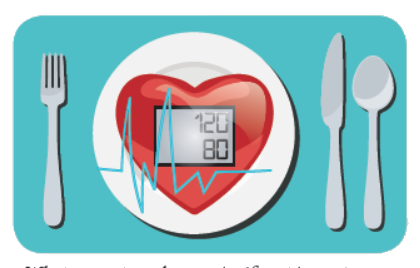
Calcium binds with iron and both are excreted by the body; so, how should iron be added to the diet, remembering that the iron in eggs and spinach is not absorbed by the body?
First, legumes, nuts, and seeds have iron, magnesium, and potassium. The GI tract can increase or decrease its ability to absorb iron, including green leafy vegetable iron, depending on blood levels of iron. Having high Vit C content foods, citrus and bell peppers, also increases iron absorption from green leafy vegetables. Vegans are no more likely to have low iron than meat eaters; furthermore, heme iron is associated more with cancer and atherosclerosis, heart disease, stroke, etc..
If you are looking for low-sodium soups, Delicae Gourmet makes a lot of soups and “dinners” that you make in the slow cooker, so they’re easy to prepare, and are really low (like 10mg/serving) in sodium. And, they are pretty tasty. Not everything they make is low-sodium, so read the nutritional info before you order. (No, I don’t work for DG, just trying to keep sodium intake under control!)